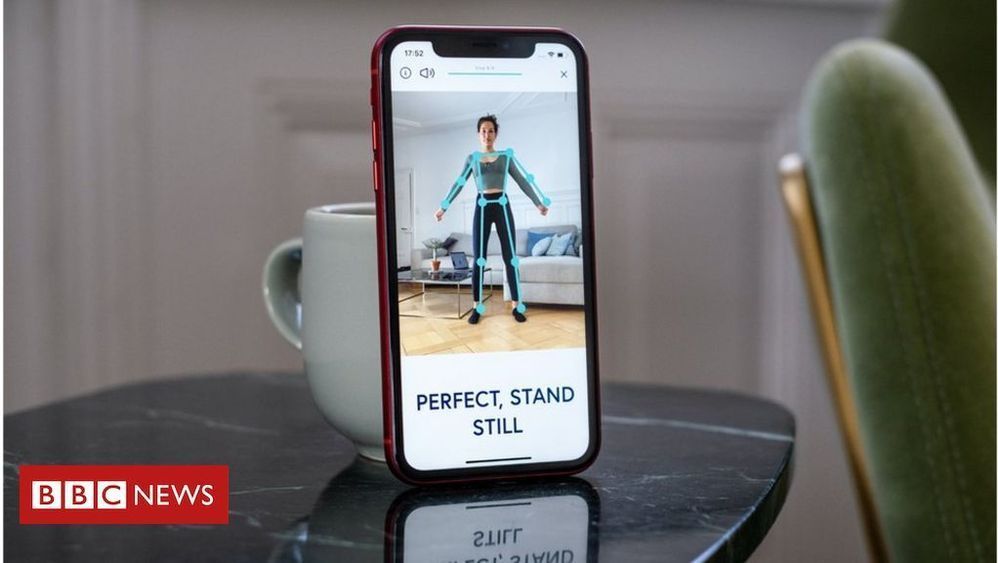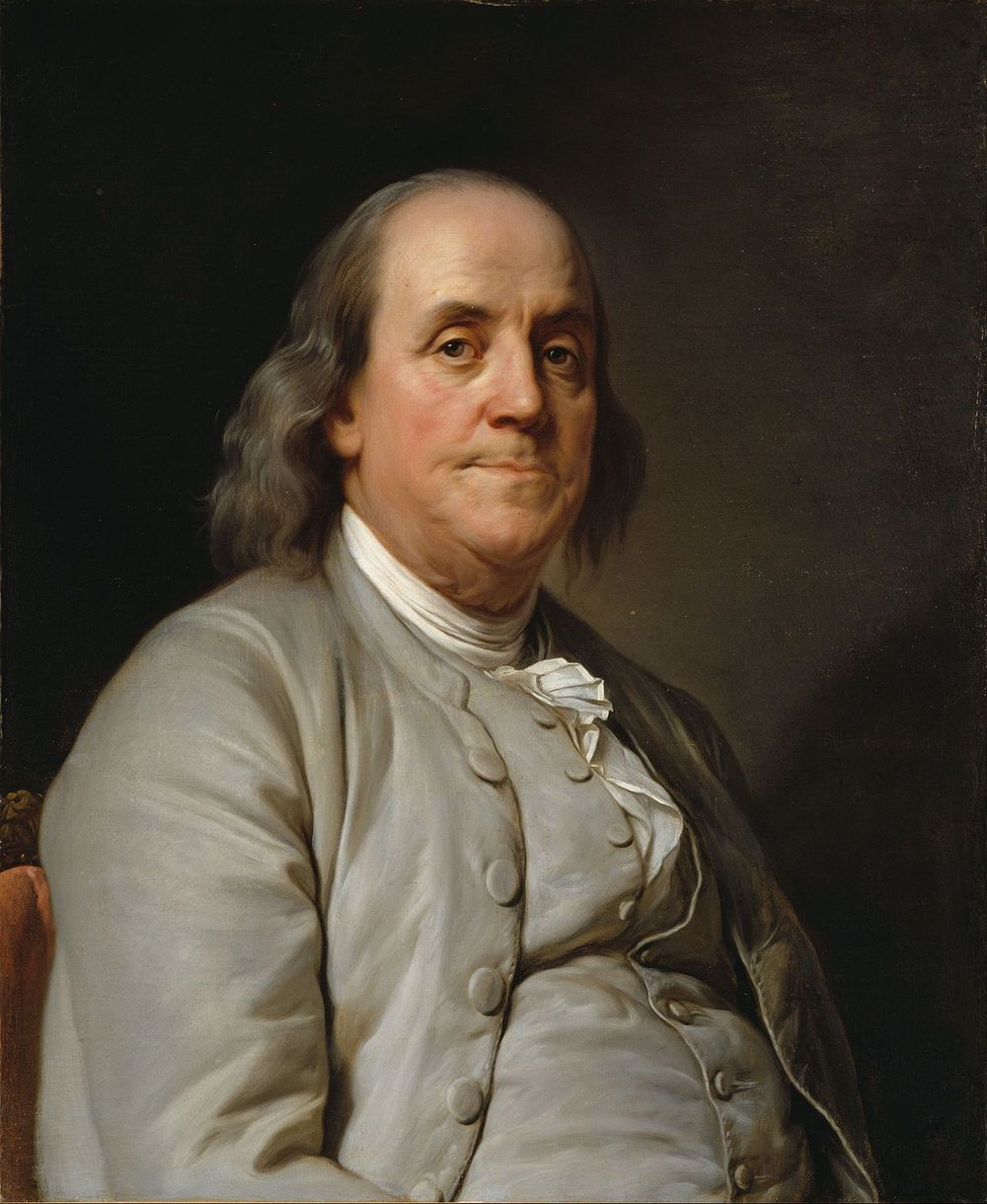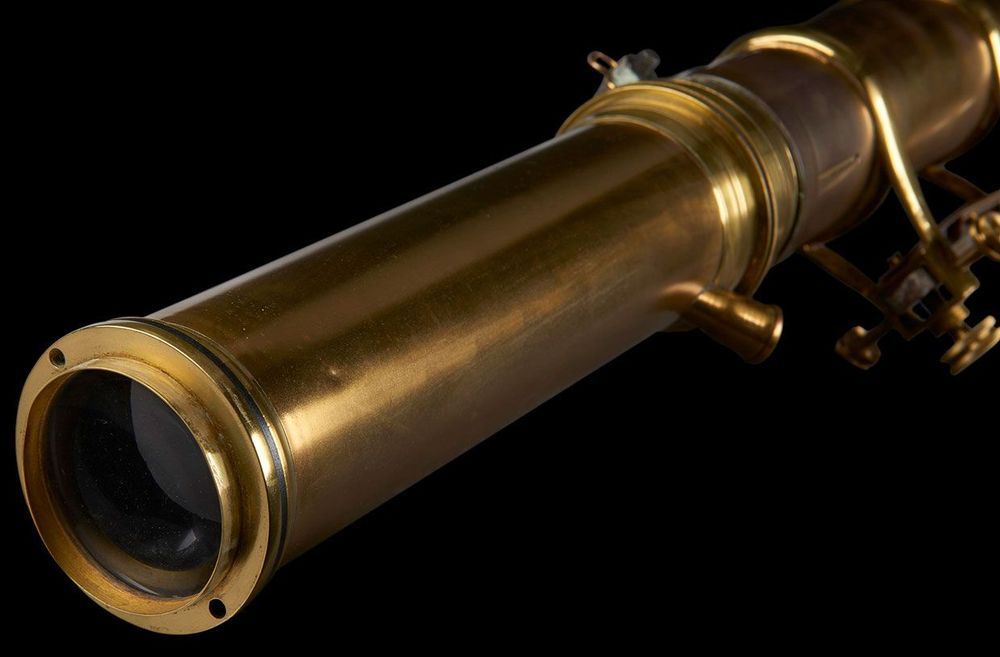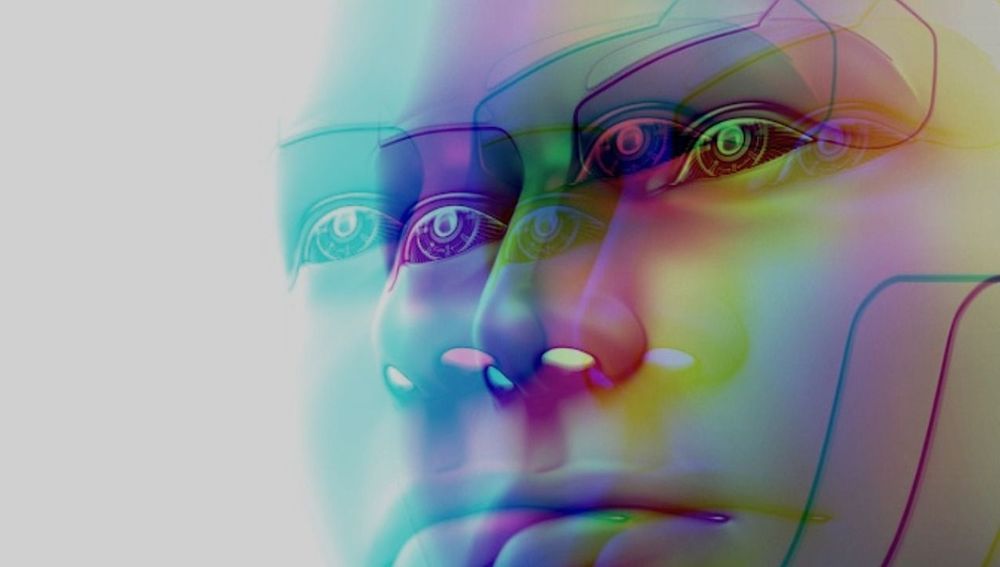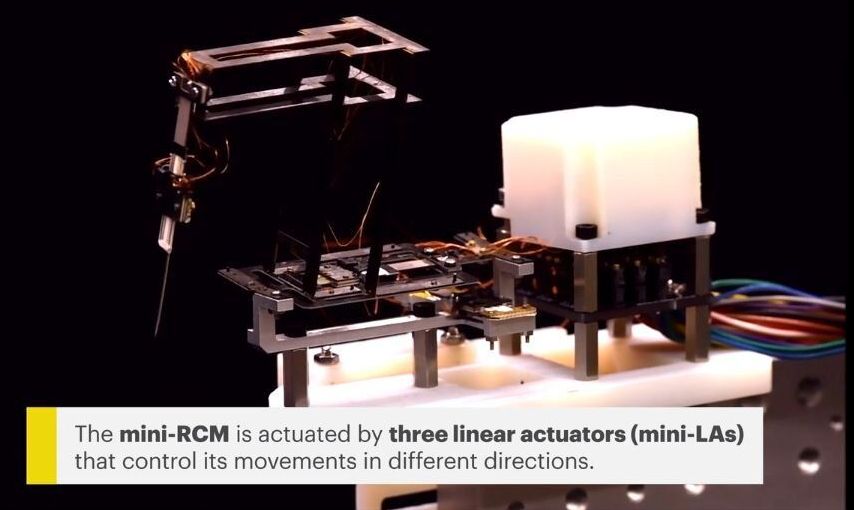Page 7055
Aug 26, 2020
Why are clothing sizes so erratic and can they be fixed?
Posted by Omuterema Akhahenda in category: mobile phones
New apps are allowing users to record their dimensions, and recommend what size to buy at different outlets.
New apps use your phone to record your dimensions and recommend what size to buy at shops.
Benjamin Franklin FRS FRSA FRSE (January 17, 1706 [O.S. January 6, 1706] – April 17, 1790) was an American polymath and one of the Founding Fathers of the United States. Franklin was a leading writer, printer, political philosopher, politician, Freemason, postmaster, scientist, inventor, humorist, civic activist, statesman, and diplomat. As a scientist, he was a major figure in the American Enlightenment and the history of physics for his discoveries and theories regarding electricity. As an inventor, he is known for the lightning rod, bifocals, and the Franklin stove, among other inventions.[1] He founded many civic organizations, including the Library Company, Philadelphia’s first fire department,[2] and the University of Pennsylvania.[3]
Franklin earned the title of “The First American” for his early and indefatigable campaigning for colonial unity, initially as an author and spokesman in London for several colonies. As the first United States ambassador to France, he exemplified the emerging American nation.[4] Franklin was foundational in defining the American ethos as a marriage of the practical values of thrift, hard work, education, community spirit, self-governing institutions, and opposition to authoritarianism both political and religious, with the scientific and tolerant values of the Enlightenment. In the words of historian Henry Steele Commager, “In a Franklin could be merged the virtues of Puritanism without its defects, the illumination of the Enlightenment without its heat.”[5] To Walter Isaacson, this makes Franklin “the most accomplished American of his age and the most influential in inventing the type of society America would become.
Aug 25, 2020
Jeep previews 2022 Grand Wagoneer, plug-in hybrid Wrangler 4xe
Posted by Quinn Sena in category: futurism
Jeep published a pair of preview videos that shed light on the 2022 Grand Wagoneer and the plug-in hybrid Wrangler 4xe. Both are due out in September 2020.
Aug 25, 2020
As researchers race to find successful treatments and an eventual cure for COVID-19, everyone is getting a real-time glimpse into the messiness of scientific discovery
Posted by Omuterema Akhahenda in category: biotech/medical
We’re all impatient for solid recommendations based on rigorous testing and established facts, but in a fast-moving field, that’s rarely possible. And someone always has to be the guinea pig. This was just as true 130 years ago when Niels Ryberg Finsen began experimenting with treating disease with UV light. He started by testing on himself.
Niels Ryberg Finsen pioneered therapeutic ultraviolet lamps and won himself a Nobel Prize.
Aug 25, 2020
Artificial Intelligence Will Surveil And Study Released Prisoners
Posted by Malak Trabelsi Loeb in categories: habitats, internet, robotics/AI
Artificial intelligence applications are popping up everywhere these days, from our Internet browsing to smart homes and self-driving cars. Now a group of researchers is launching a new AI-led study that will collect data from recently released prisoners. The ultimate goal of the project is to identify – and, ostensibly, one day eliminate – the psychological and physiological triggers that cause recidivism among parolees.
According to project-leads Marcus Rogers and Umit Karabiyik, the resulting data will assist them in conducting a forensic psychological analysis. While the monitoring will be gauged in intervals – not real-time – they believe it will help build a profile of the risky behaviors and stressful triggers that recent parolees face when returning to the outside world.
Aug 25, 2020
Nano-diamond self-charging batteries could disrupt energy as we know it
Posted by Quinn Sena in categories: information science, nanotechnology, nuclear energy, particle physics, sustainability, transportation

https://youtube.com/watch?v=ksMXbhftBbM
California company NDB says its nano-diamond batteries will absolutely upend the energy equation, acting like tiny nuclear generators. They will blow any energy density comparison out of the water, lasting anywhere from a decade to 28,000 years without ever needing a charge. They will offer higher power density than lithium-ion. They will be nigh-on indestructible and totally safe in an electric car crash. And in some applications, like electric cars, they stand to be considerably cheaper than current lithium-ion packs despite their huge advantages.
The heart of each cell is a small piece of recycled nuclear waste. NDB uses graphite nuclear reactor parts that have absorbed radiation from nuclear fuel rods and have themselves become radioactive. Untreated, it’s high-grade nuclear waste: dangerous, difficult and expensive to store, with a very long half-life.
Continue reading “Nano-diamond self-charging batteries could disrupt energy as we know it” »
Aug 25, 2020
This Little Baby Boat May Be the Smallest Ship in the Navy
Posted by Quinn Sena in category: military
An adorable little tugboat as long as a Ford F-150 is making the rounds on social media, prompting many to call it the “smallest ship in the U.S. Navy.”
At just 19 feet long, the boat is actually “Boomin Beaver” security tug. Originally built to herd logs in waterways, the Navy boat is now an all-purpose vessel that can tow small ships and deploy floating security fences, ensuring that larger submarines, destroyers, and even aircraft carriers don’t receive unwanted visitors.
⚓️ You like badass boats (no matter how small). So do we. Let’s nerd out over them together.
Aug 25, 2020
Origami-inspired miniature manipulator improves precision and control of teleoperated surgical procedures
Posted by Saúl Morales Rodriguéz in categories: biotech/medical, robotics/AI
Minimally invasive laparoscopic surgery, in which a surgeon uses tools and a tiny camera inserted into small incisions to perform operations, has made surgical procedures safer for both patients and doctors over the last half-century. Recently, surgical robots have started to appear in operating rooms to further assist surgeons by allowing them to manipulate multiple tools at once with greater precision, flexibility, and control than is possible with traditional techniques. However, these robotic systems are extremely large, often taking up an entire room, and their tools can be much larger than the delicate tissues and structures on which they operate.
A collaboration between Wyss Associate Faculty member Robert Wood, Ph.D. and Robotics Engineer Hiroyuki Suzuki of Sony Corporation has brought surgical robotics down to the microscale by creating a new, origami-inspired miniature remote center of motion manipulator (the “mini-RCM”). The robot is the size of a tennis ball, weighs about as much as a penny, and successfully performed a difficult mock surgical task, as described in a recent issue of Nature Machine Intelligence.
“The Wood lab’s unique technical capabilities for making micro-robots have led to a number of impressive inventions over the last few years, and I was convinced that it also had the potential to make a breakthrough in the field of medical manipulators as well,” said Suzuki, who began working with Wood on the mini-RCM in 2018 as part of a Harvard-Sony collaboration. “This project has been a great success.”
Aug 25, 2020
Heron AI prevails over human in air combat
Posted by Saúl Morales Rodriguéz in categories: military, robotics/AI

His motto is “Aim high, fly-fight-win.” But for a top U.S. Air Force fighter pilot and weapons school graduate, aiming high—and in one instance aiming low—wasn’t enough to prevail against an AI opponent in a simulated competition last week.
The Defense Advanced Research Project Agency (DARPA) sponsored the AlphaDogfight trials as part of its effort to use AI to help pilots in realtime combat and encourage developers to sign up for its Air Combat Evolution (ACE) program to design AI defense systems.
Continue reading “Heron AI prevails over human in air combat” »

